Spet 20, V7N- The U.S. has maintained a significant military presence in the Middle East over the past year, with about 40,000 troops, dozens of warships, and multiple squadrons of fighter jets deployed to the region. These forces serve both to defend U.S. allies, including Israel, and to deter potential threats from groups like Hezbollah and state actors such as Iran.
The intensification of conflict between Israel and Hezbollah, particularly after explosive attacks on Hezbollah’s communication devices, has raised concerns about a broader escalation of the war. Hezbollah, a Lebanese armed group backed by Iran, has vowed to continue its missile strikes in retaliation for these attacks, which it claims crossed a "red line."
The U.S. has not yet increased its military presence in response to these events, but its current deployment includes various assets across the region, such as an aircraft carrier strike group in the Gulf of Oman and fighter squadrons stationed at undisclosed locations. The Pentagon remains confident in its ability to respond to potential escalations and to protect U.S. and allied interests.
The situation remains fluid, and while U.S. officials are urging restraint, there is significant concern that the conflict between Israel and Hezbollah could further escalate, especially given the broader regional dynamics.
END/WD/RH



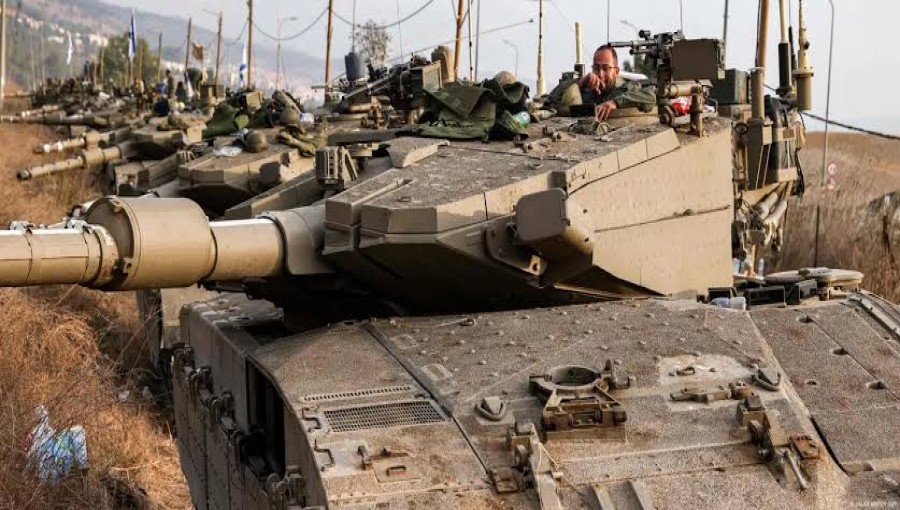

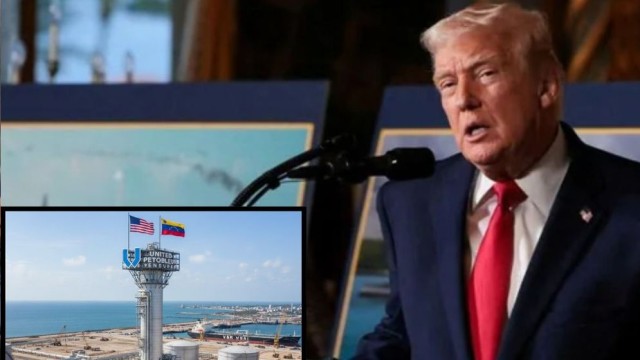
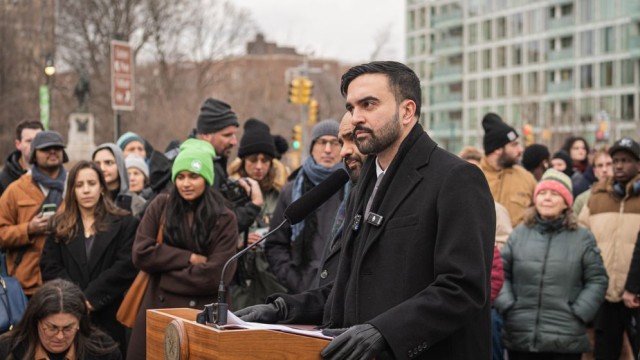


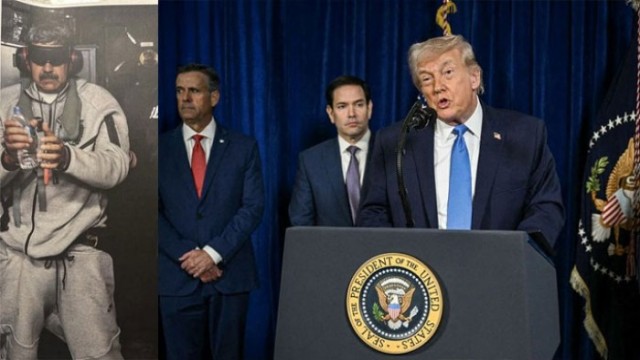












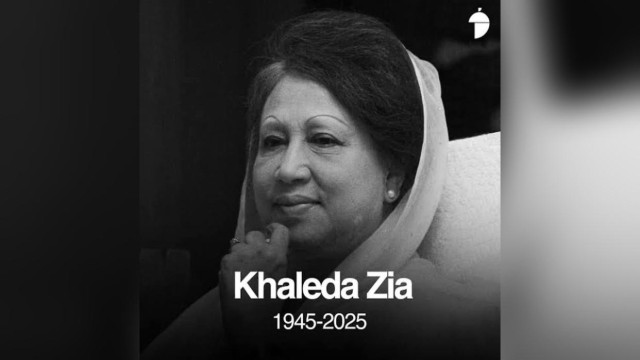
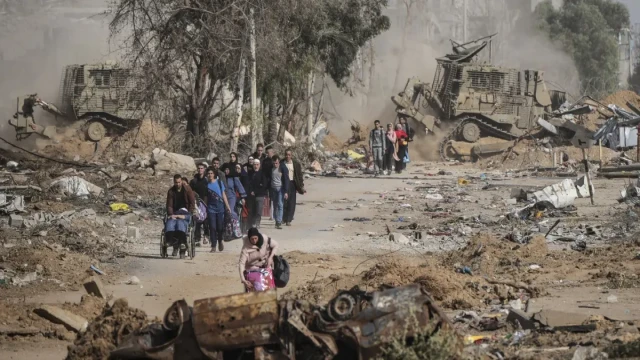


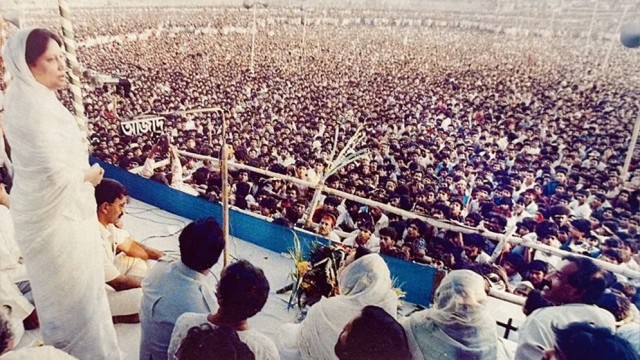

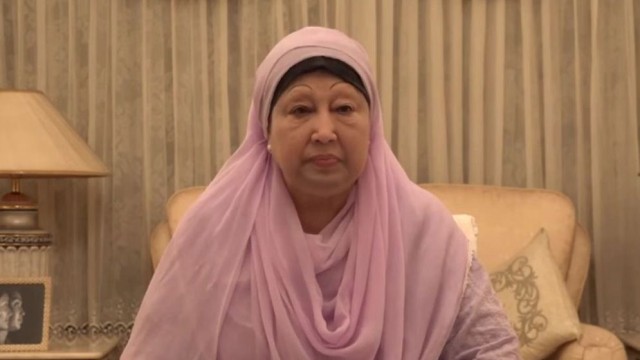


Comment: